Military Ship Types
This article is a work in progress.
The various navies across the universe of Astra Nautica each many of their own ship designs, classes, and technologies. Because these cultures all can trace their origins back to Earth in relatively recent history, they all still follow some general conventions that can be drawn back to the seafaring navies of the past. The ship types presented here are general overviews of different types of military spacecraft, rough specification ranges, and typical roles that each ship fills. While many factions across the Orion Spur use many of these ship types, some are more rare than others.
None of the specifications listed here should be considered absolute rules of design, and rather are given to aid in identifying different ship types and grouping them into general categories of design philosophy, purpose, and the type of crew and equipment one can expect to see with each type. Fleet compositions and specific roles each type of ship fill may also vary depending upon the culture.
The main armament referred to in the following entries is purposefully vague. Due to the broad variety of weaponry available to one faction - let alone the entire Orion Spur - listing specific weapons here would be impossible. For the sake of simplicity, main weapon systems are broken down as small, mid-size, large, and capitol weapons.
See Also: Weapons Technologies in the sidebar.
Light Ships
The small craft listed here are among the smallest fighting vessels in any current naval forces. None of these craft are large enough to have Singularity Drives, and with the exception of the Corvette normally spend their entire careers in a single solar system. These craft are generally used as policing, patrol, and escort vessels.
Patrol Craft
Patrol craft - also sometimes called system monitors - are generally the smallest independently operating fighting craft employed. Patrol craft are generally small, most being not much larger than a light cargo transport. The crew compliment is generally no more than a dozen hands, and the armament of such a vessel is often limited to a single main weapon system capable of inflicting damage on anything up to a small freighter. There may be point defense armament on the craft as well, normally limited to a pair or two of small caliber projectile weapon turrets. These craft are often used to police local traffic around a single stellar body - be it a planet, a moon, or an outpost in an asteroid belt. They are not equipped for long-distance travel and rarely leave the gravity wells of their home port. Patrol craft are almost always capable of surface landings on orbital platforms, and many are also capable of atmospheric flight and planetary landings.
Typical Uses: Orbital patrol, policing commercial routes, tender escort, VIP escort, criminal pursuit.
Cutters
Cutters are typically similar in size to corvettes, but are designed and utilized for a different purpose. Cutters generally operate only within a solar system, filling orbital defense and system patrol roles. A cutter often has a relatively small crew that serve limited duty rotations. Rather than spending long tours of duty on board one ship, cutter crews often rotate out on a shift basis on a period as short as days or weeks at a time. This way, a system's fleet of cutters are always on patrol, but the crews often have a more relaxed schedule. Cutters are normally lightly armed, but a group of them can pose a threat even to larger ships. Many cutters are capable of surface landings at orbital facilities, and also typically carries a docked tender in an internal bay for boarding actions. Some cutters are also capable of atmospheric flight and planetary landings. The cutter's tender, in fact, is one of the defining features of the type.
Typical Uses: System patrol, orbital defense, emergency response.
Corvettes
Corvettes are similar in size to cutters, but are designed to support fleet operations. Other than their intended role, the main design difference from a cutter is that a corvette often has more powerful engines, more weaponry, and heavier armor, but does not typically carry any small craft such as the cutter's tender. Because most corvettes do not have Singularity Drives, they must dock with larger capitol ships for interstellar transport. There are some exceptions, and these jump-capable corvettes are usually referred to as long range recon scouts. In these lightly-armed ships, the singularity drive, sensor arrays, and communications equipment all take up the bulk of the craft. Most corvettes are intended to escort fleets of capital ships, filling a scouting or quick-reaction role utilizing their superior speed and maneuverability. They also sometimes act as strike craft hunters or point-defense platforms.
Typical Uses: Fleet escort, fast reaction, point-defense platform, wolf-pack squadrons, long-range recon.
Escort Ships
Work in progress.Frigates
Frigates are among the smallest military vessels that commonly are built with singularity drives, and therefore capable of long-distance travel without the aid of a larger ship. Smaller than most ships of the line, but large enough to fill a variety of roles, the frigate is the backbone of many fleets. In larger group actions they often serve to escort capitol ships, protecting the less agile vessels' vulnerable areas and screening them from enemy craft. While they are still ponderous behemoths in their own right compared to most civilian vessels, frigates are much faster and more maneuverable than cruisers or other larger ships.
A frigate is among the smallest ships that might be found operating independently, carrying out patrols or guarding an outpost without support of a larger fleet group. Frigates usually have a small docking bay with a handful of tenders, and depending upon the design may also have space for a squadron of fighters or a few support craft. In the navies of some smaller factions or independant worlds, the frigate is sometimes the largest ship they will possess. In many of these cases, the ships might not even be equipped with singularity drives - as these small societies can rarely afford the expense of such technology.
Typical Specifications
Beam: 15 - 40
Crew: 75 - 125
Drives: Fusion drive, singularity drive.
Armament: 2 - 4 mid-size main guns supplemented by missile launchers.
Secondary Armament: 2 - 4 small secondary guns or additional missile launchers, normally 12 or more point-defense weapons.
Destroyers
Work in progress.Capitol Ships
Work in progress.Cruiser Types
Work in progress.Light Cruisers
Work in progress.Strike Cruisers
Work in progress.Cruisers
Work in progress.Battle Cruisers
Work in progress.Carrier Types
Work in progress.Escort Carriers
Work in progress.Carriers
Work in progress.Transport Carriers
Work in progress.Super-Capitol Ships
Work in progress.Battleships
Work in progress.Dreadnoughts
Work in progress.Dreadnought Carriers
Work in progress.The Hanger Bay
The small craft listed here all are normally carried within the hanger bays - or docking bays - of larger ships. From the single tender of a cutter to entire wings of various craft in a dreadnought carrier, many ships across the Orion Spur carry supplemental small craft for defense and utility purposes.
Interceptor
Interceptors - also often referred to as fighters - are small craft designed solely for the purpose of attacking and destroying other small craft. Interceptors are small, fast, and agile; capable of outmaneuvering any vessel with the exception of other interceptors. They typically carry very light weapon systems in forward-facing mounts - such as rapid-fire projectile weapons and small missile launchers. While a squadron of interceptors could conceivably do damage to larger ships, they are almost never tasked in this role. Interceptors are usually manned by a single pilot.
Strike Craft
Strike craft are the larger cousins of the interceptor, filling the role of attacking larger targets that the smaller craft are not equipped to deal with. Strike craft are quite a bit larger than interceptors, and usually are manned by two or three crew members. The typical armaments of strike craft might include small autocannons, small missile launchers, and sometimes larger missiles mounted on external hardpoints. Strike craft also might have several small point-defense turrets to fend of enemy interceptors. Squadrons of strike craft are often tasked with attacking larger ships, orbital installations, or supporting ground operations by attacking hard targets on the surface.
Scout Launch
Scout launches are small recon vessels equipped with advanced sensor and communications equipment and act as the eyes and ears of the fleet. They often range far ahead of other assets, scanning for enemy contacts and relaying targeting information back to the fleet. Scout launches often have very powerful engines for their size, and are capable of achieving high speeds with little burn time. Some similar ships are equipped to counter enemy sensors and communications as well, carrying advanced jamming equipment to help hide the friendly fleet assets.
Tender
A tender is, quite simply, a transport shuttle. Tenders are used for transporting personnel from one ship to another, from ships to orbital installations, and even from a ship tot he surface of a planetary body. Tenders are almost always unarmed and lightly armored, and are never used in a combat situation. System patrol cutters almost always have a small docking bay with a single tender used for boarding other ships in the execution of customs inspections or for rescue operations.
Assault Craft
If the tender is the light personnel transport of the universe; the assault craft is its larger, meaner cousin. Heavily armored, armed with defensive weapons, and capable of carrying a platoon of marines safely to their destination; the assault craft is the epitome of rapid insertion vehicles. They come in a variety of configurations and design purposes. Some are specifically designed to facilitate boarding actions against other ships, while others have planetary landings as a principle role. Some designs are able to fill either role, but the multi-purpose assault craft is never as effective as one designed for a specific situation.
Landing Craft
The larger version of a planetary assault craft, the landing craft often carries less armor and armament. It is capable of carry a much larger payload - the specifics depending on the size and design of the specific class. Landing craft can vary from rapid insertion vessels carrying a platoon of soldiers along with support equipment to lumbering behemoths the size of a small freighter loaded with armored vehicles.
Weapons Technologies
Work in progress, more coming soon!Recommended Reading
The following articles are intended to provide insight into specific ship systems, the specifics of space travel in the 26th century, and the history of mankind's spread throughout the stars.
Remove these ads. Join the Worldbuilders Guild



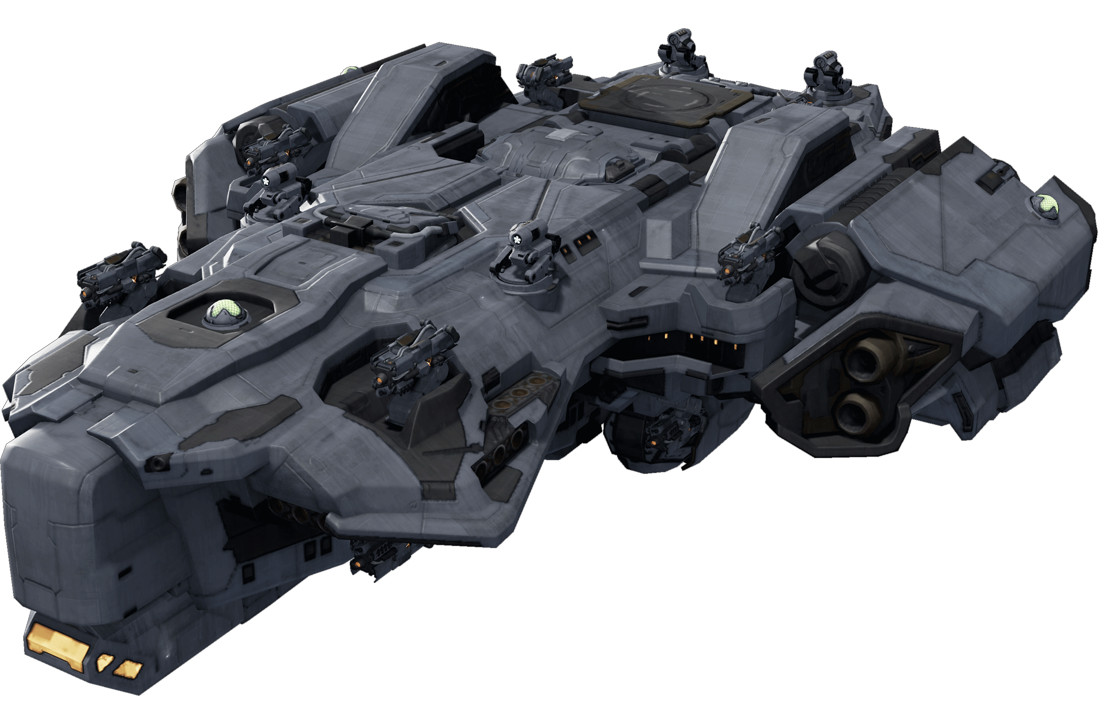







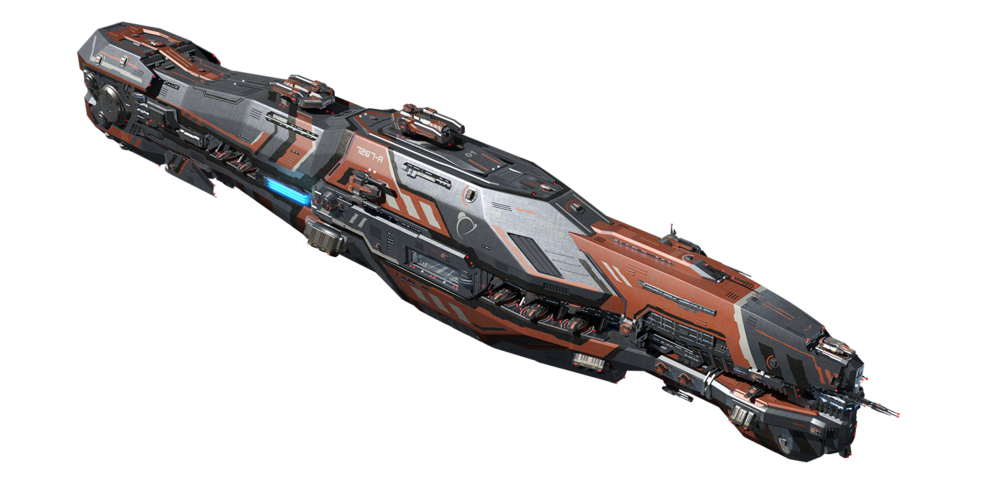





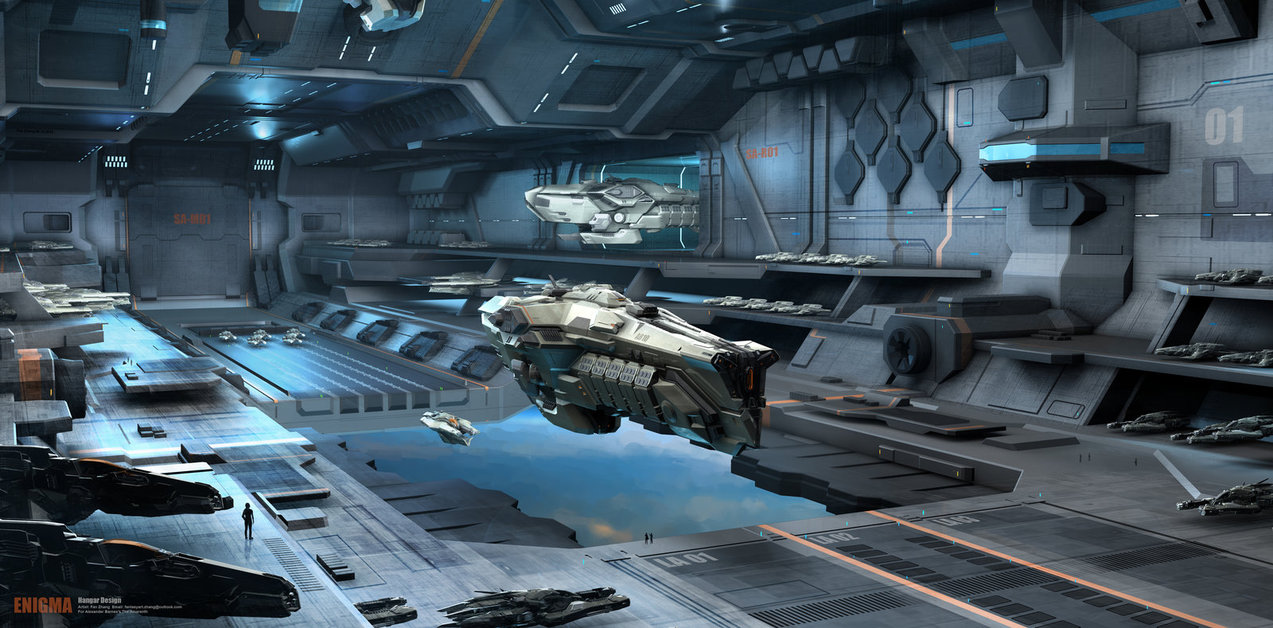



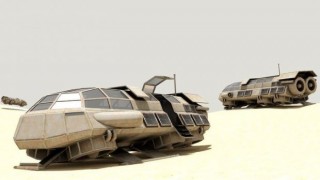
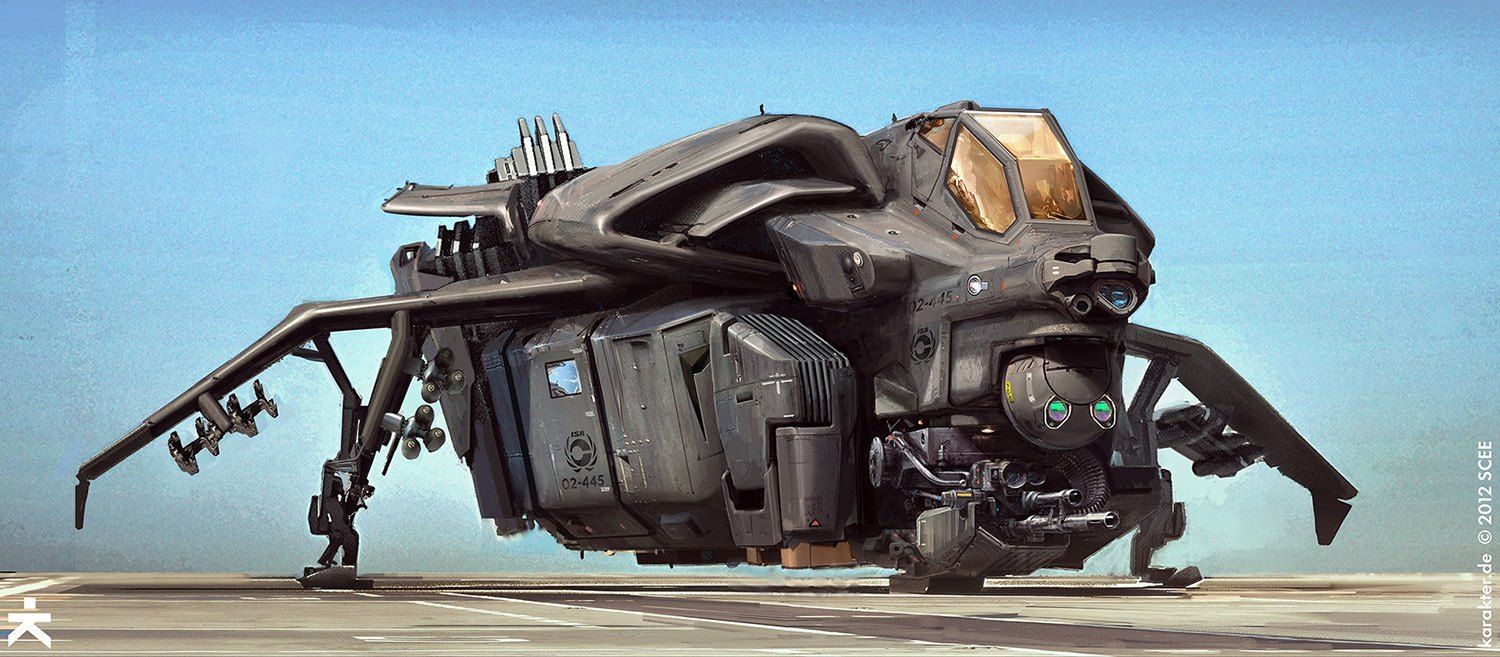
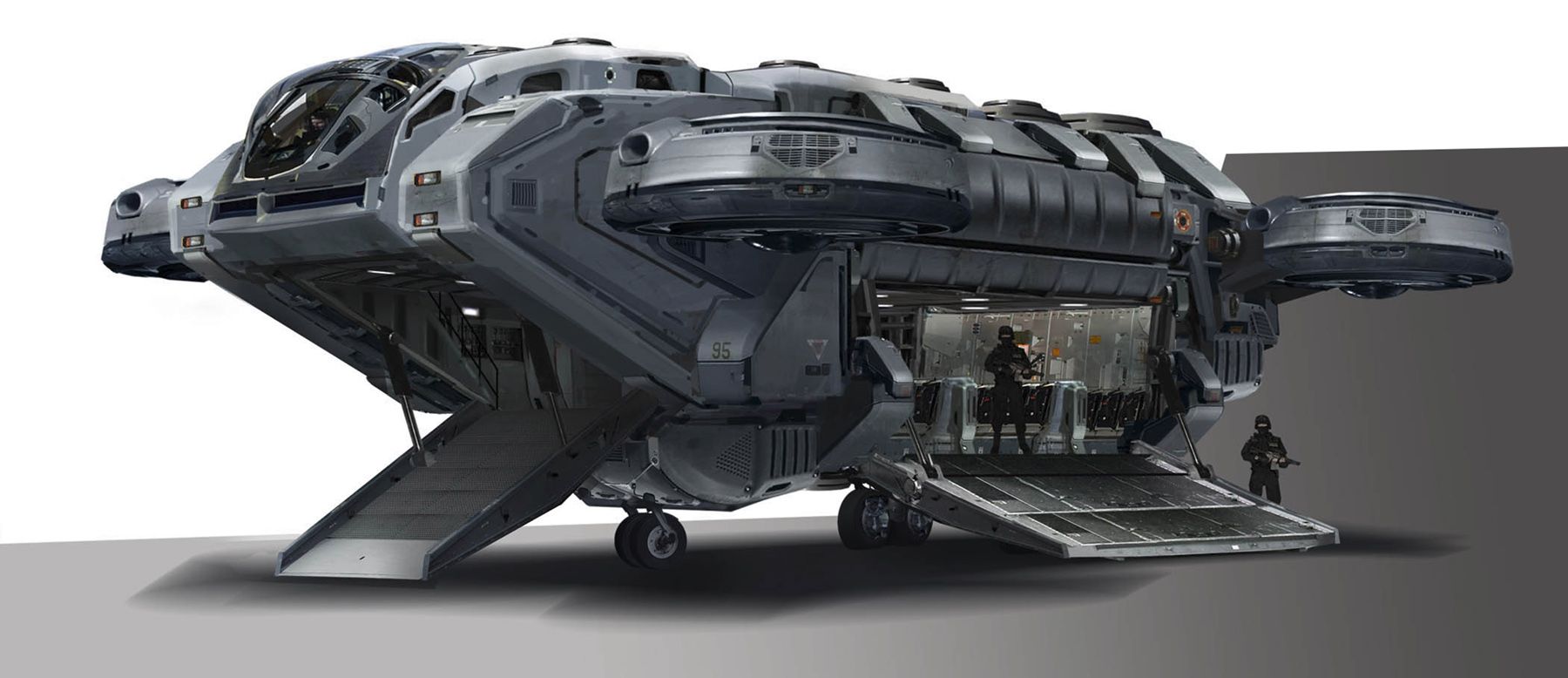
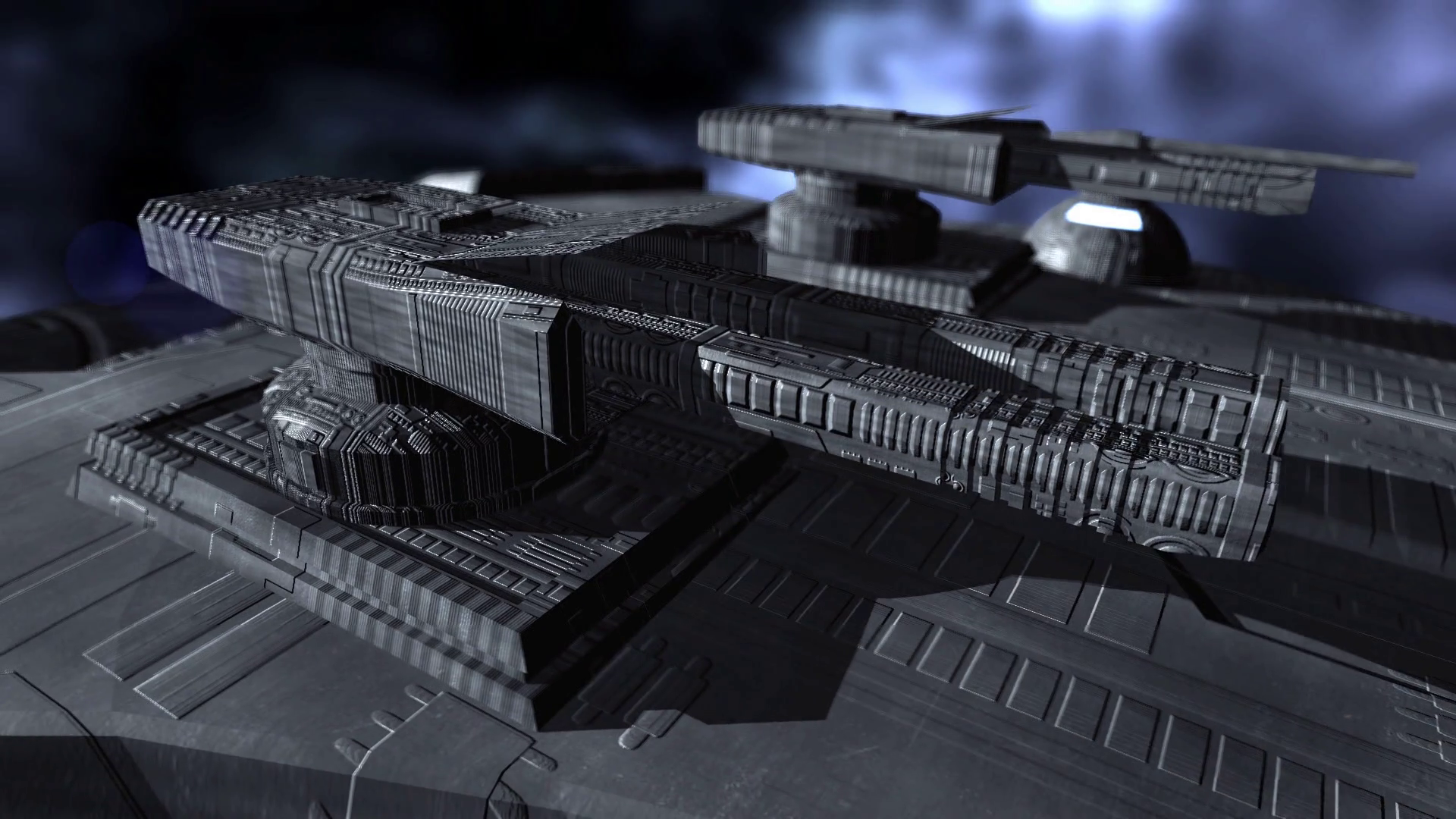







Comments